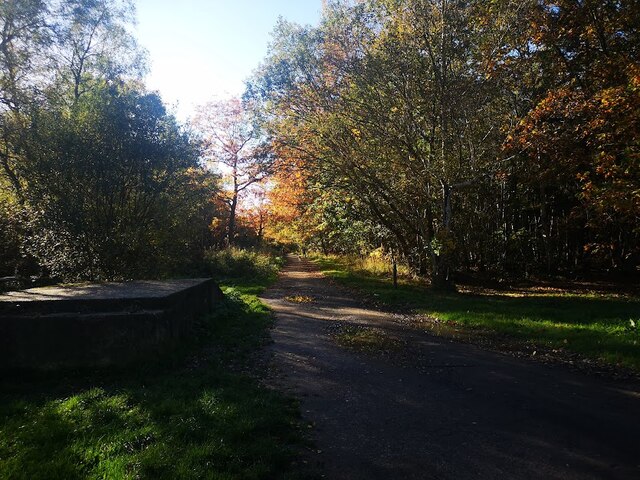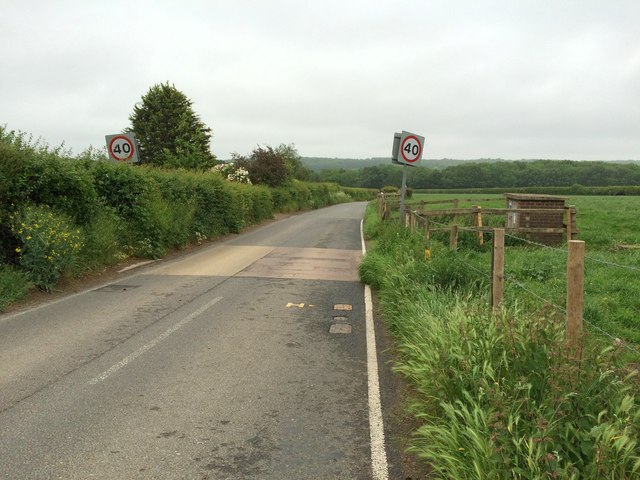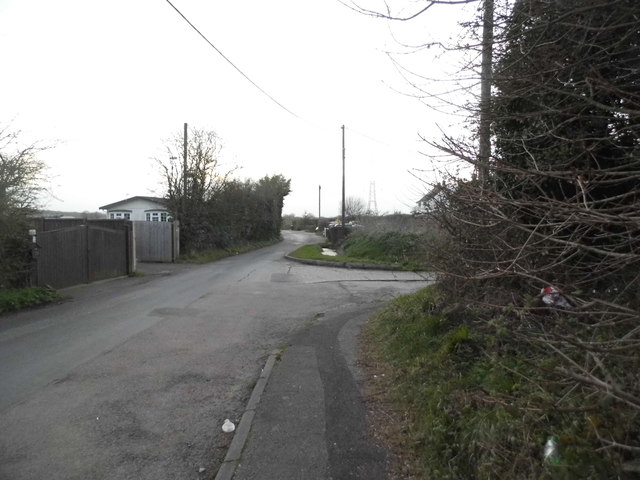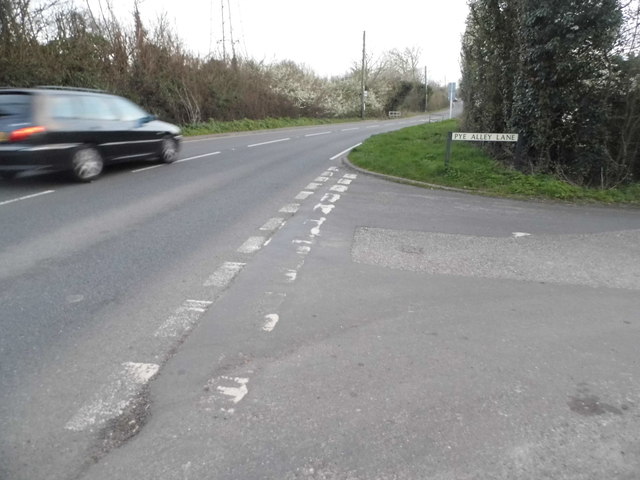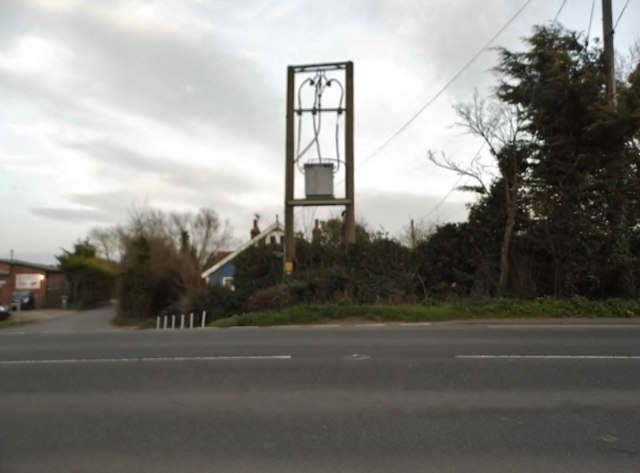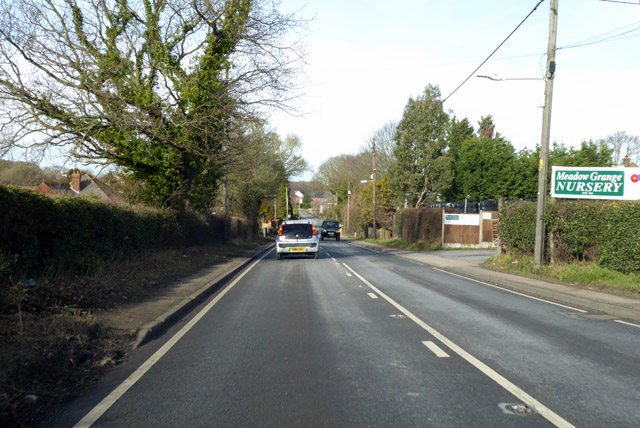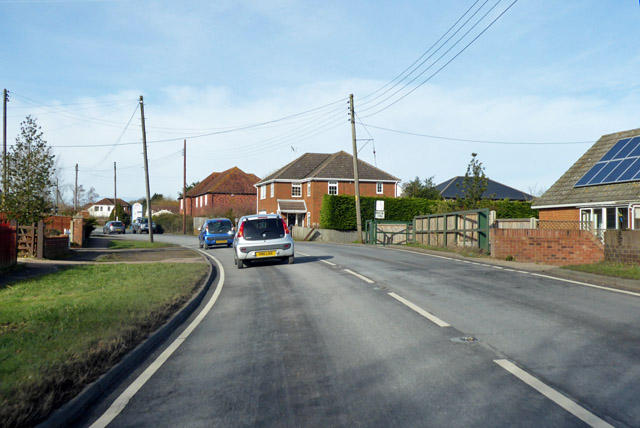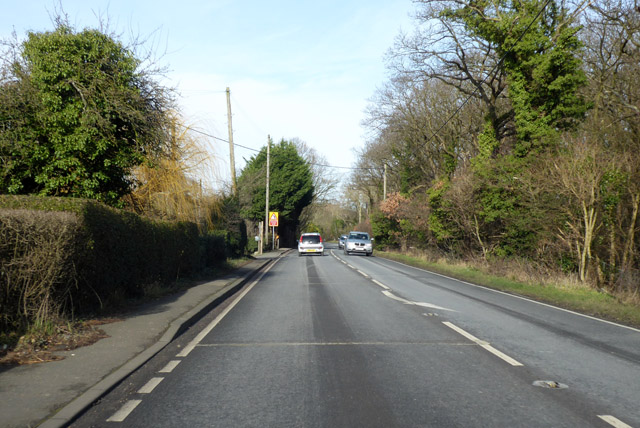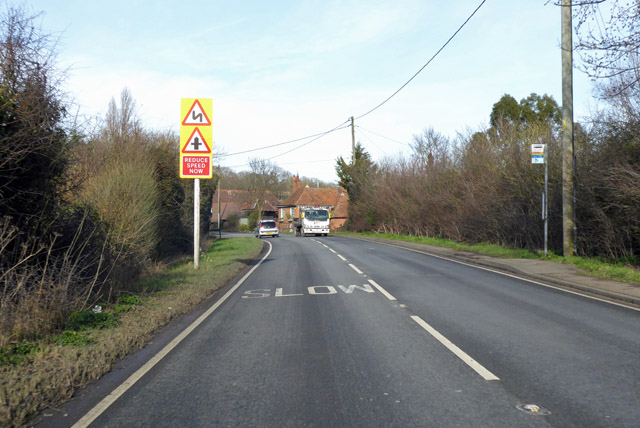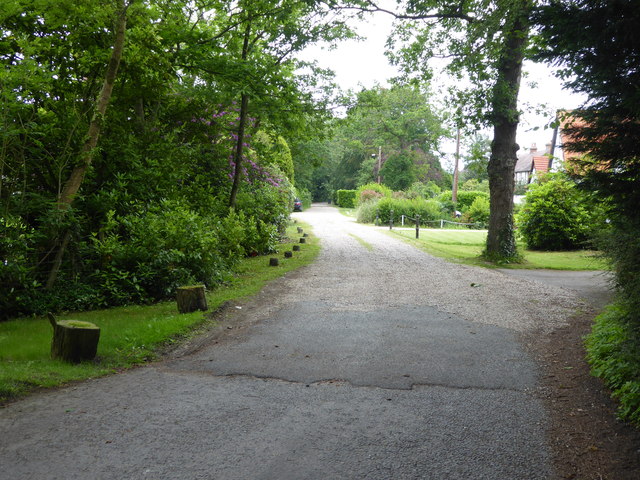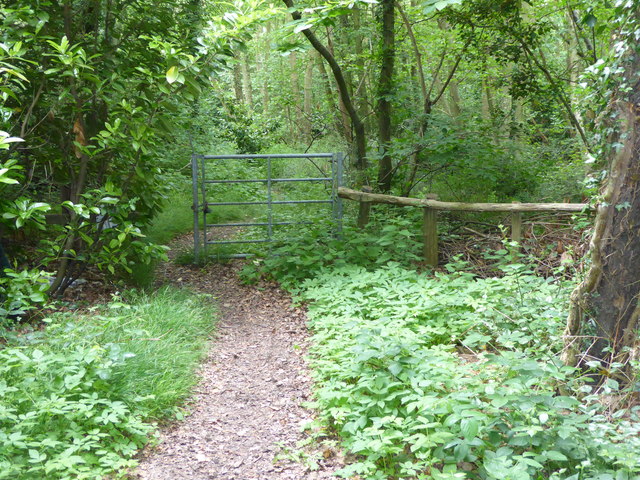Clowes Wood
Wood, Forest in Kent Canterbury
England
Clowes Wood

Clowes Wood is a picturesque woodland located in the county of Kent, England. Situated just south of the village of Canterbury, it covers an area of approximately 37 hectares (91 acres). The woodland is part of the Blean complex, which is one of the largest areas of ancient woodland in England.
Clowes Wood is known for its diverse range of flora and fauna, making it a popular destination for nature enthusiasts and wildlife lovers. The woodland is characterized by its mixed broadleaf trees, including oak, beech, and birch, which provide a rich habitat for a variety of bird species, mammals, and insects.
Visitors to Clowes Wood can explore its numerous walking trails, which meander through the dense woodland and offer stunning views of the surrounding countryside. The wood also boasts a number of well-maintained picnic areas and benches, allowing visitors to relax and enjoy the tranquil atmosphere.
In addition to its natural beauty, Clowes Wood has a rich history. It is believed to have been part of a larger hunting forest during medieval times and has remnants of ancient wood banks and ditches. The woodland has also been managed for centuries, with evidence of coppicing, a traditional woodland management technique, still visible today.
Overall, Clowes Wood in Kent is a hidden gem, offering visitors a chance to immerse themselves in nature, explore its rich history, and experience the tranquility of an ancient woodland.
If you have any feedback on the listing, please let us know in the comments section below.
Clowes Wood Images
Images are sourced within 2km of 51.327459/1.0512609 or Grid Reference TR1263. Thanks to Geograph Open Source API. All images are credited.

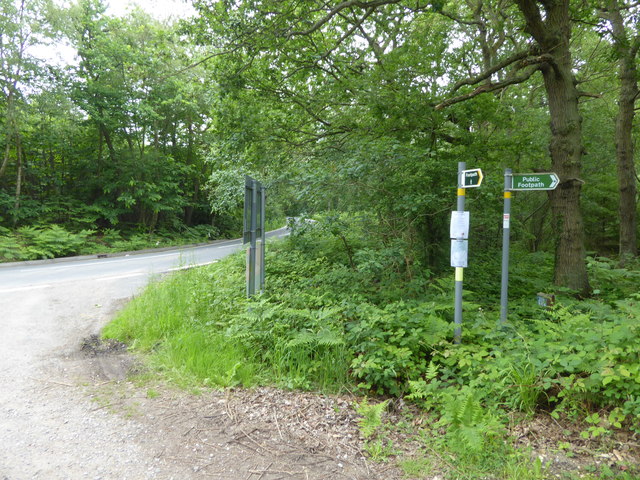
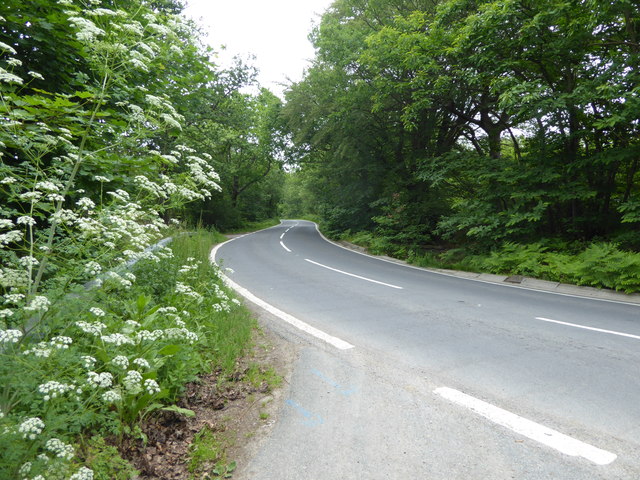
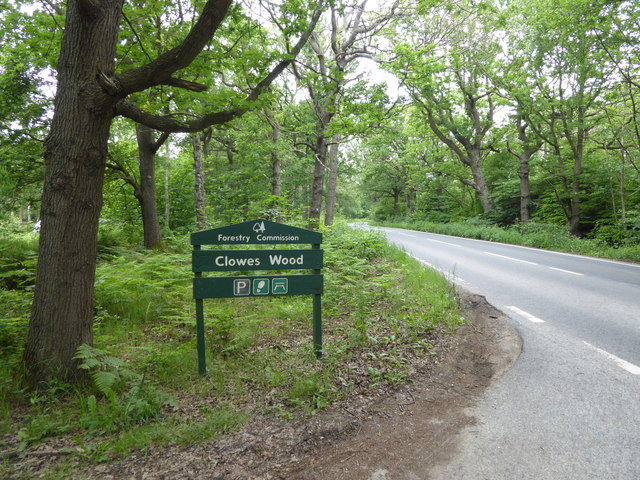
Clowes Wood is located at Grid Ref: TR1263 (Lat: 51.327459, Lng: 1.0512609)
Administrative County: Kent
District: Canterbury
Police Authority: Kent
What 3 Words
///cave.enthused.intend. Near Blean, Kent
Nearby Locations
Related Wikis
Blean and Tyler Hill Halt railway station
Blean and Tyler Hill Halt was a minor station on the Canterbury and Whitstable Railway at Tyler Hill, Kent. It opened in 1908 and closed in 1931. ��2...
Radfall
Radfall is a hamlet between Whitstable and Canterbury, in southeast England. It lies between the Thanet Way and Thornden Wood, in the Canterbury district...
Honey Hill, Kent
Honey Hill is a hamlet on the A290 road, near the village of Blean, in the Canterbury district, in the English county of Kent.
South Street Halt railway station
South Street Halt was a minor station on the Canterbury and Whitstable Railway at Tankerton, Kent. It opened in 1911 and closed in 1931. == History... ==
Nearby Amenities
Located within 500m of 51.327459,1.0512609Have you been to Clowes Wood?
Leave your review of Clowes Wood below (or comments, questions and feedback).


